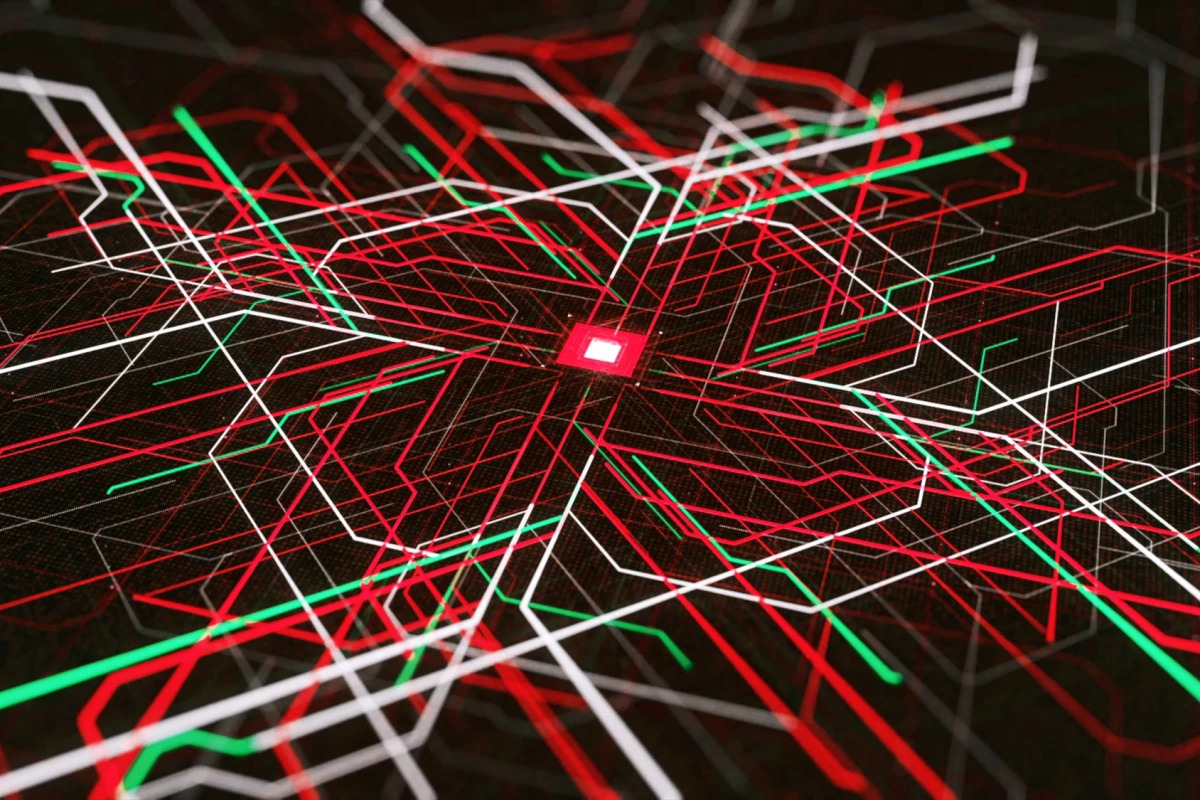 Researchers have calculated the absolute upper limit for how fast optoelectronic systems could possibly get, before quantum mechanics messes things up. Depositphotos
Researchers have calculated the absolute upper limit for how fast optoelectronic systems could possibly get, before quantum mechanics messes things up. Depositphotos
–
2022 Mar 27 –
Using this technique, as well as complex computer simulations, the team hit semiconductors with shorter and shorter laser pulses. But at a certain point, the process begins to bump up against Heisenberg’s uncertainty principle – this is the strange quantum quirk where the more accurately you measure one characteristic of a particle, the less you can be sure of another.
In this case, using shorter laser pulses means the observers can tell exactly when the electrons gain energy, but that comes at the cost of being less certain about the amount of energy they gain. And that’s a major problem for electronic devices, because not knowing the exact energies of electrons means they can’t be controlled as precisely.
From this, the team calculated the absolute upper limit for how fast optoelectronic systems could possibly ever get – one Petahertz, which is a million Gigahertz. That’s a hard limit, one that can’t be engineered around because the barrier is baked into the very laws of quantum physics.
Of course, it’s unlikely we’ll ever actually have to directly worry about that anyway. The team says that other technological hurdles would arise long before optoelectronic devices reach the realm of PHz. But understanding the hard limit could help develop better electronics.
The research was published in the journal Nature Communications.
Source: TU Wien
–
–
























